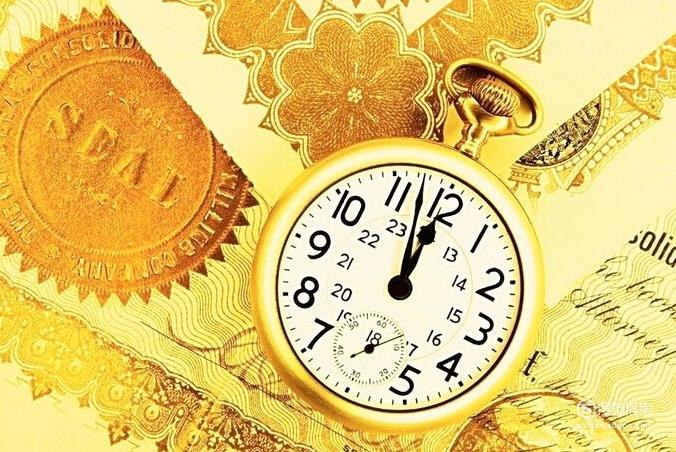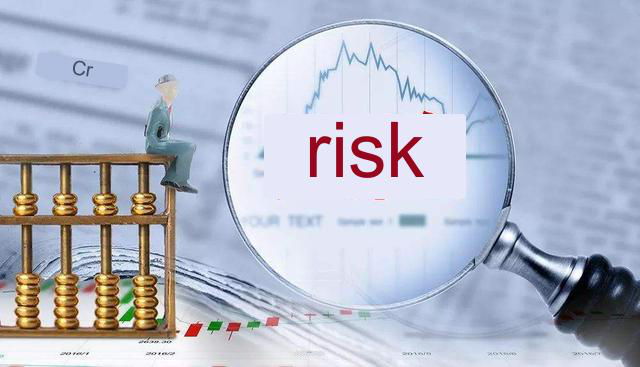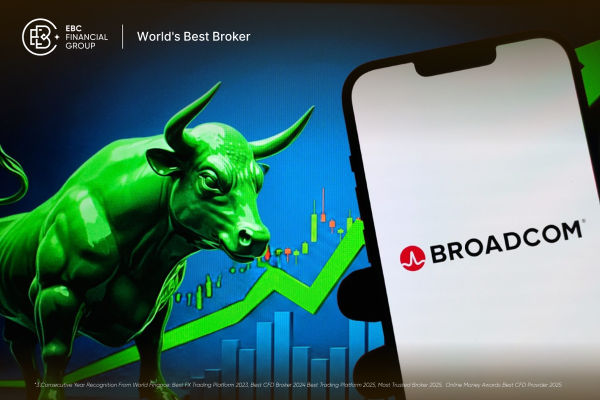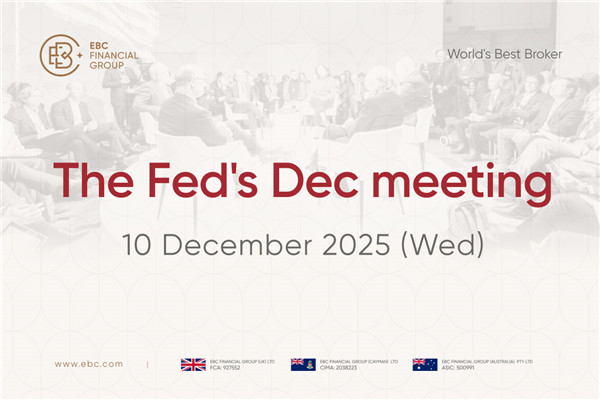Spot gold trading is one of the important trading methods chosen by major
investors because of its high flexibility and ease of operation, which can bring
considerable returns to investors. For investors who want to engage in spot gold
trading, it is crucial to understand the specific timeline information for spot
gold trading.

Spot gold trading time refers to the period of active gold trading in various
financial markets around the world. Due to the global nature of the gold market,
different markets have different trading times. The following is a general gold
trading schedule:
1. London Market
London is the largest gold trading market in the world, and its trading hours
are generally 9 a.m. to 5 p.m. (Greenwich Mean Time) from Monday to Friday. The
London market is very active in gold trading and often becomes an international
benchmark for gold prices.
2. New York Market
New York is one of the global financial centers and an important market for
gold trading. The gold trading hours in the New York market are usually from 8
a.m. to 4 p.m. Eastern Standard Time from Monday to Friday.
3. Tokyo market
Tokyo is one of the financial centers in Asia and plays an important role in
gold trading. The gold trading time in the Tokyo market is generally 9 a.m. to 3
p.m. (Japan Standard Time) from Monday to Friday.
The above schedule is only for general gold trading hours, and the actual
trading time may be adjusted due to factors such as holidays and summer time. In
addition, with the continuous development of global financial markets, some
markets may also extend or adjust the trading time, so investors should keep
abreast of the latest trading schedule of Relevant markets. The best way is to
refer to the specific trading schedule provided by the relevant exchange or
broker.
Spot gold trading hours are from Monday to Friday, with 24-hour continuous
trading. The specific trading time rules are as follows:
1. Transaction time
The trading day starts at 5:00 a.m. on Monday and lasts until 4:00 p.m. on
Friday (Greenwich Mean Time).
2. Closed time
From 4:00 p.m. on Fridays to 5:00 a.m. on Mondays (Greenwich Mean Time) are
closed hours, and trading cannot be conducted at this time.
3. Global trading hours
The spot gold market is a global market, with trading periods including the
Asian market, the European market, and the American market. Due to different
time zones, investors can trade during different market periods.
4. Adjustment of transaction time
On some special dates, transaction times may be adjusted, such as major
festivals or important international economic events. Investors need to pay
attention to relevant announcements or consult brokers to obtain the latest
trading time information.
The trading time of the spot gold market is based on International Standard
Time (Greenwich Mean Time), so investors may need to convert it to local time in
their time zone. In addition, different brokers may have slightly different
trading time rules, and investors need to understand their specific trading
schedule when choosing a broker.



























